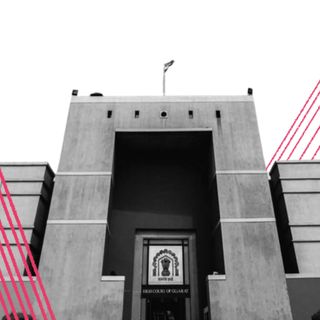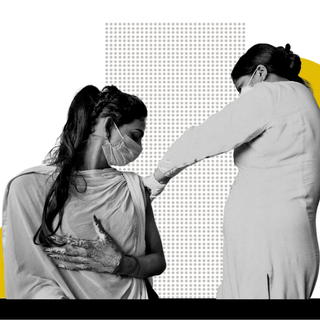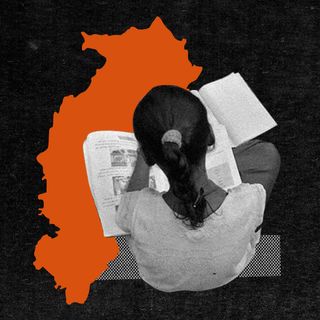National broadcaster Doordarshan (DD) is eyeing an international audience with its proposed channel DD International to air the true “Indian story” and also comment on issues of global significance. Prasar Bharati, the parent body of DD, is reportedly taking inspiration from the likes of BBC World and Al Jazeera to turn DD into an international media powerhouse — targeting global viewers in addition to the Indian diaspora abroad.
So far, the broadcaster has invited private consultants to offer their recommendations and draft a plan for developing the new channel. It’s an “overdue strategic project,” Prasar Bharati says, to take DD to the world and cultivate a uniform voice from the Indian subcontinent.
The context is glaring: the friction between India’s ruling party, the Bharatiya Janata Party (BJP), and the international media, which has been largely critical of the government’s policies — related and unrelated to Covid19.
India’s handling of the Covid19 crisis has drawn sharp criticism, with global headlines reading: “The system has collapsed’: India’s descent into Covid hell,” or “‘Please help!’: Covid19 tragedy spills onto social media in India.” An Australian newspaper’s headline (“Modi leads India out of lockdown… and into a viral apocalypse“) sent ripples that reached directly to India’s High Commission, who put out a statement against them, calling the report “baseless and slanderous.” Prior to the second wave, a volley of international reports derided the government’s attack on media and academic freedom, suppression of civil liberties, noting India was now an “elected autocracy.”
The government was largely dismissive of these claims. The rhetoric is thus: the international media has a sinister purpose and is set to present a negative image of India. DD International times itself perfectly in its arrival, presenting India’s “point of view” right from the horse’s mouth.
Related on The Swaddle:
The Govt Celebrating “Power of Positivity” Is An Example of What Toxic Positivity Looks Like
To recap, Doordarshan is a state-funded media channel, home to cinematic depictions of Ramayana, Mahabharta, and shows like Shaktimaan. The DD logo and its tune have endured decades in presenting the government’s viewpoint on national and socio-cultural events. The channel falls under the ambit of Prasar Bharati and the Ministry of Information and Broadcasting. While Doordarshan is predominantly a Hindi and regional news channel, the body launched DD India, an English news and current affairs version, to extend reach to a global audience in the 90s.
The juggernaut of Doordarshan has a rabid audience base, especially within India — last May, it was the most-watched channel in India. The present decision builds on this fanfare — the new international channel is supposed to function as a credible, exhaustive, and accurate global news service.” Current channels that the government thinks are doing exhaustive reporting include OpIndia, Swarajya — two websites that are routinely called out for peddling rumors and fake news.
The international press bias appears to be an interminable challenge for the government. “The way BBC, CNN or DW covers India, it is necessary that we also cover the events happening globally,” former Prasar Bharati chairman A. Surya Prakash told The Print.
Recently, the Indian embassy in the U.S., as part of its student outreach program, was on the lookout for volunteers who are inclined to correct the “current biased and negative narratives against India in the global scenario,” The Wire reported. In an email to the student hub, the authorities asked potential contributors to assess whether they “are concerned about how India is portrayed in the media.”
Earlier this month, the government was also reportedly working on a volley of strategies to create a “positive image” against the backdrop of bad press during the pandemic, according to a Hindustan Times report. The officials should appear “sensitive, bold, quick, responsive, hard-working” by highlighting positive stories and achievements — while Covid19 cases spiked and desperate pleas drowned out social media.
The fact these efforts to amplify Indian voices to the world — while the government simultaneously squashes voices within India — puts the accuracy of the great “Indian story” under scrutiny.




